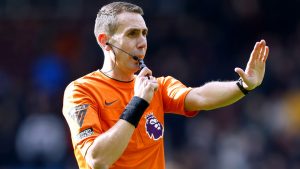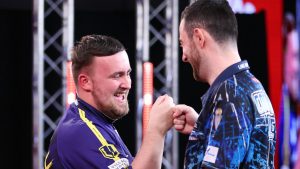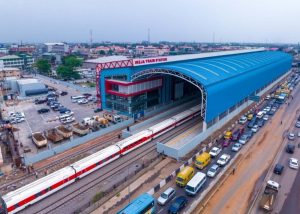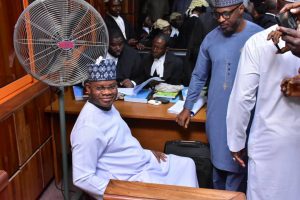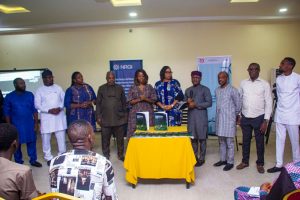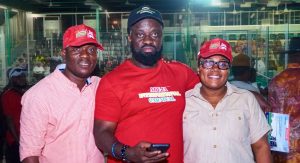Owners split on guaranteeing spots in Indy 500
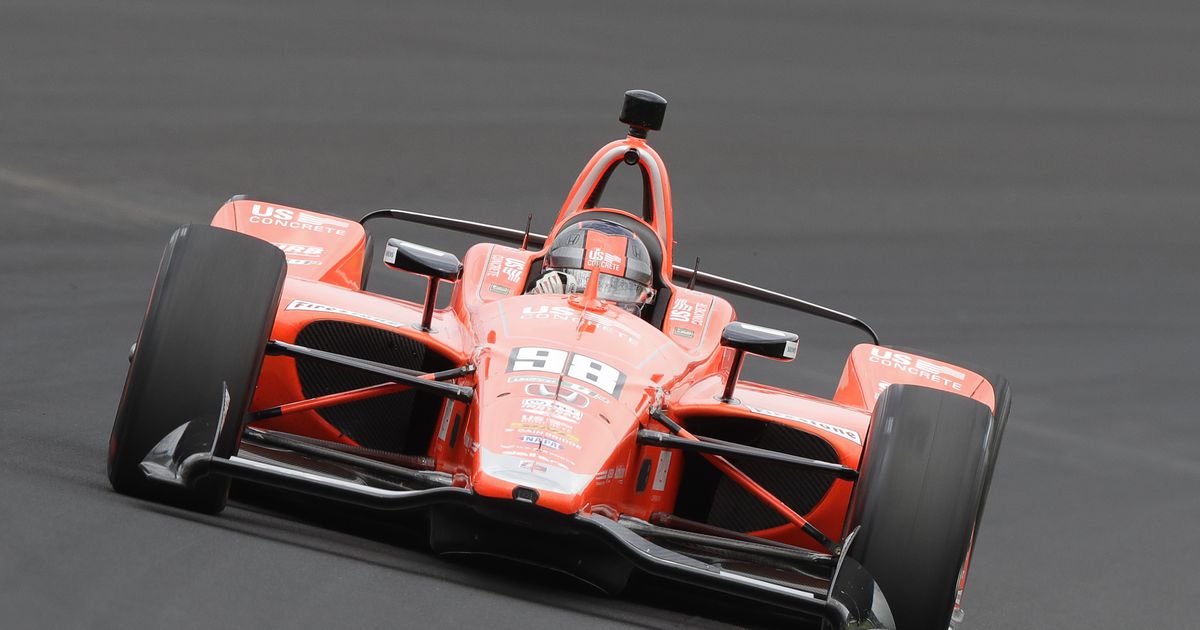
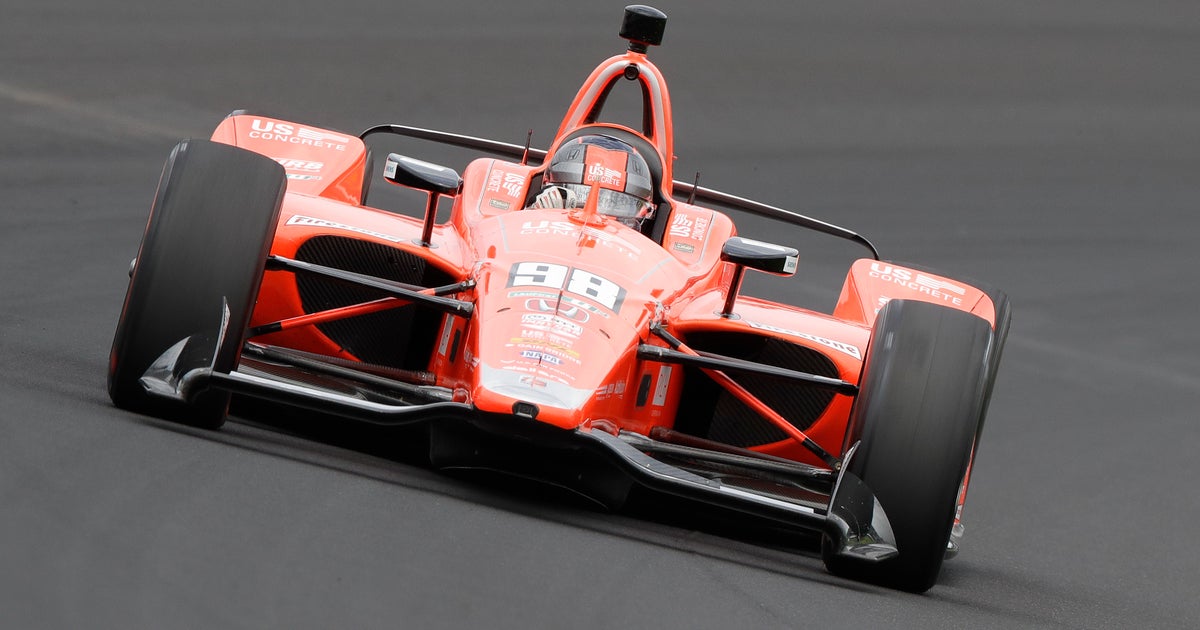
INDIANAPOLIS (AP) — Bobby Rahal remembers watching the start of the Indianapolis 500 from a suite with his sponsors after he failed to make the 1993 field.
He was bitter to miss “The Greatest Spectacle in Racing,” but understood the sanctity of only the fastest 33 racing at Indianapolis Motor Speedway.
“As a driver, I’ll never forget sitting up in our suite, watching the pace lap, all our sponsors there, (thinking) ‘I belong here, not up there,’” Rahal said Friday. “It was an emotional time. You make the best of it and go on.”
Rahal falls firmly on the side of tradition in that 33 drivers qualify on pure speed for the Indy 500. He’s against guarantees for teams racing fulltime in the IndyCar Series because Rahal so passionately subscribes to the purest form of the race.
But opinions are split with 36 drivers vying for 33 positions in the two-day qualifying format that begins Saturday. There were 35 drivers last year and series regular James Hinchcliffe, a popular championship contender, was one of two not to make the field.
It could have been crippling to Hinchcliffe’s race team, which leaned heavily on sponsor Arrow for activation and support. Roger Penske is among those who believe sponsor relationships should have protection. Penske this year is marking his 50th anniversary at Indianapolis.
Penske missed the 1995 race with both of his cars, but Team Penske has a record 17 victories and won last year’s race with Will Power.
“I think in today’s world, under the current situation, if you’re going to commit and run the whole season, you should have an opportunity to run in this race,” Penske said Friday. “At the present time, that would be my position.”
Penske supports guarantees for the 20-something cars that run all 17 of the IndyCar races, even if it’s a slap at tradition. The race is worth double points, too, and missing it last year hurt Hinchcliffe’s championship effort.
“There’s a lot of traditions that change here, right? They have a road race here, a Formula 1 race, a NASCAR race here,” Penske said. “To me, it’s a sign of the times.”
Chip Ganassi is split on the argument. He prefers the tradition but doesn’t like this year’s format. A year ago, Hinchcliffe and Pippa Mann were eliminated at the end of the first day of qualifying. To ensure teams a second chance, IndyCar this year said the fastest 30 are locked into the race on Saturday and the remaining entrants will have one chance to post a qualifying attempt for the final three positions.
Ganassi argues that all six of the Sunday cars could go faster than some in the first 30, but three still won’t qualify. To him, that’s not truly the fastest 33.
“Here is a scenario where it won’t be the fastest 33, and I just think that’s not right,” Ganassi said. “I think it’s one or the other. If you don’t have the fastest 33, then I think you should have guaranteed spots. If you do the fastest 33, you don’t need that.
“I never said 25 and 8 or anything like that. It’s just the way I feel. If it’s not the fastest 33, then the full-season participants should have some guarantee. If it’s the fastest 33, then I’m fine with that.”
Rahal also uses Hinchcliffe’s miss last season as proof that a team can miss the Indianapolis 500 and survive. Arrow remained with Schmidt-Peterson Motorsports after missing the 500 and deepened its investment during the offseason buy purchasing an ownership stake with the team.
“Roger didn’t lose his sponsors when he didn’t qualify in ’95, right?” Rahal said. “I mean, I didn’t qualify in ’93, I got a three-year extension from Miller Brewing Company. Last year with Arrow, Arrow didn’t walk away. In fact, they expanded their involvement with Schmidt.
“You know, I don’t know of any of our sponsors thinks everything is a guaranteed, it’s a given. I think they understand. If they were true partners with the teams they’re with, that would walk away if you had an issue in qualifying, I think most would say, ‘How do we make sure this doesn’t happen again?’”


